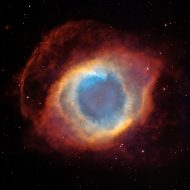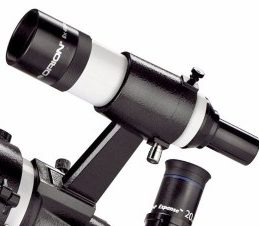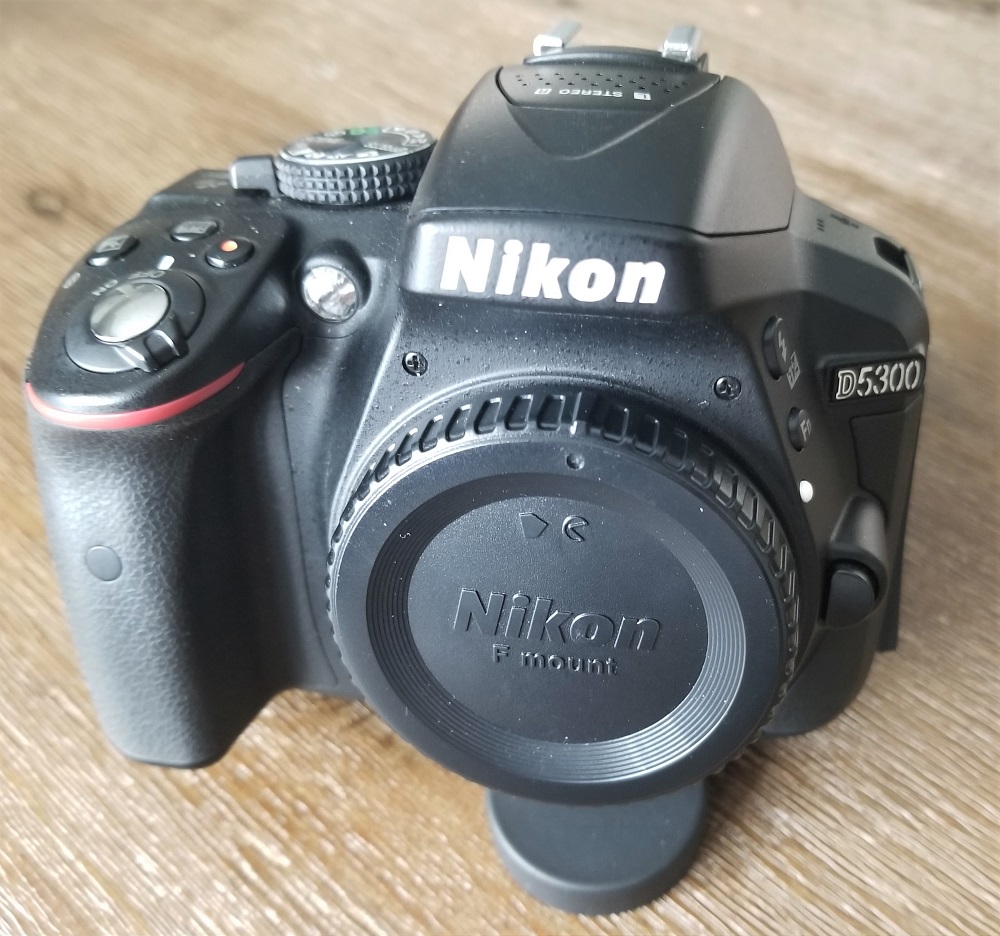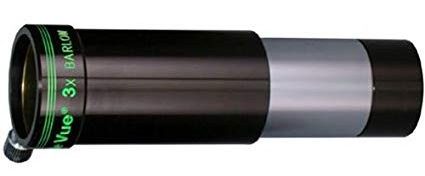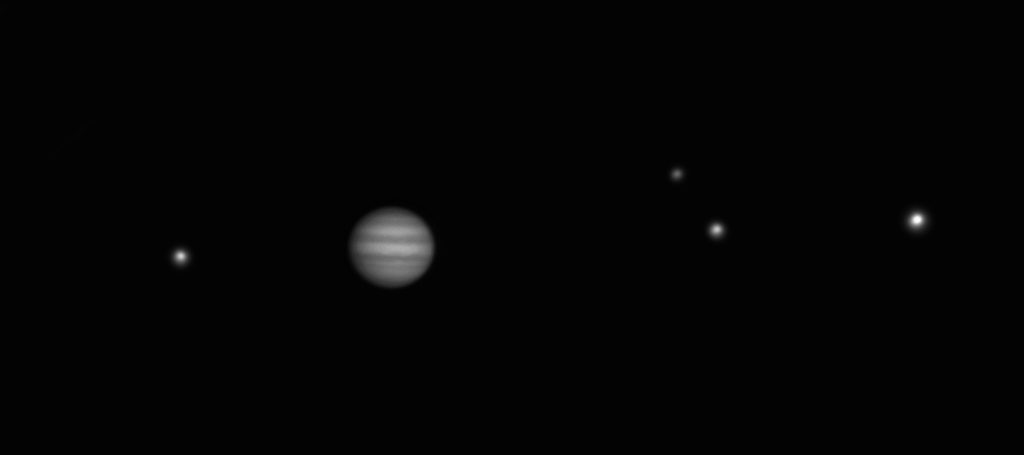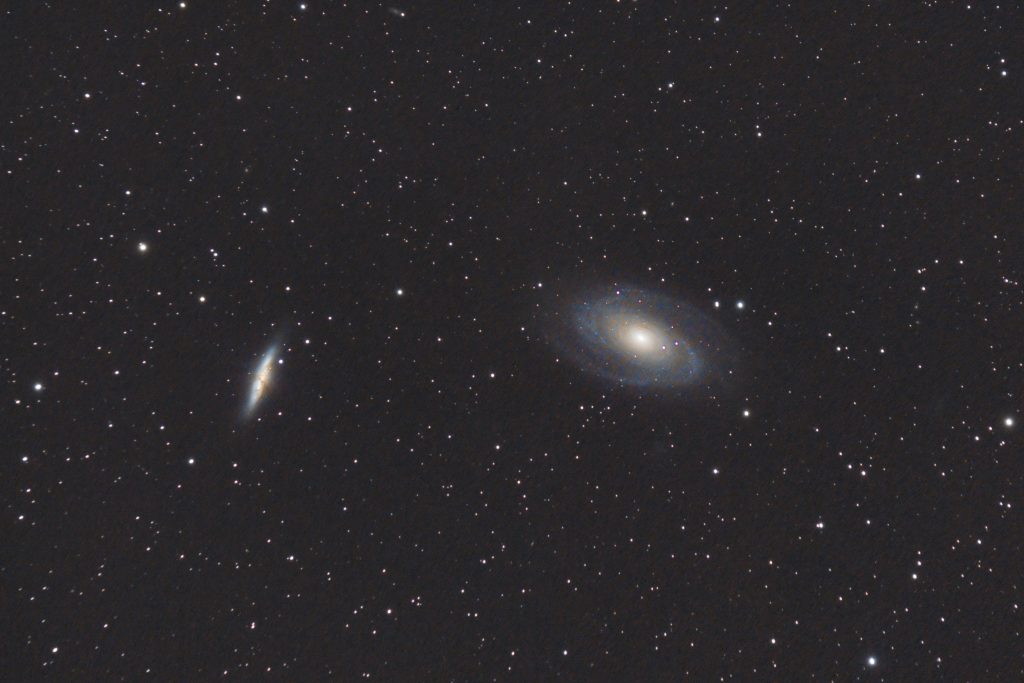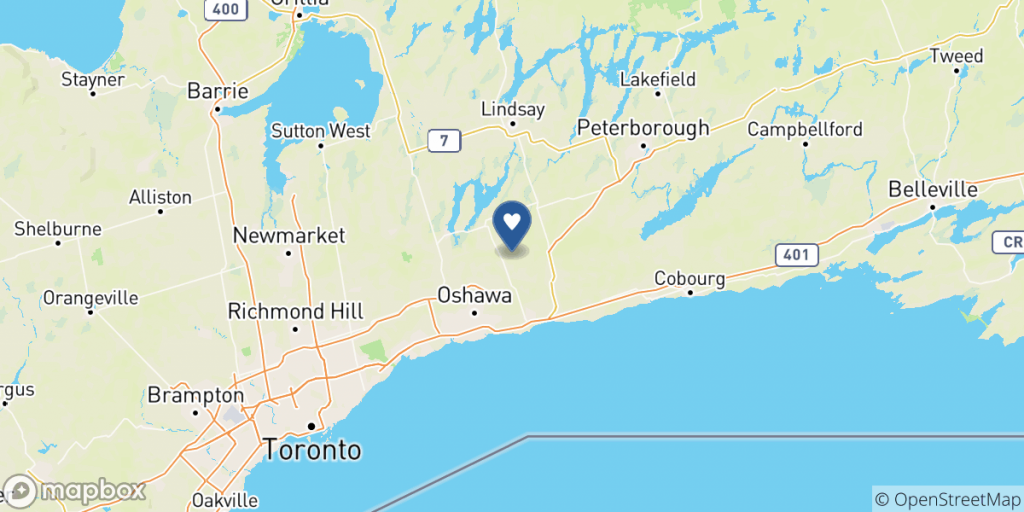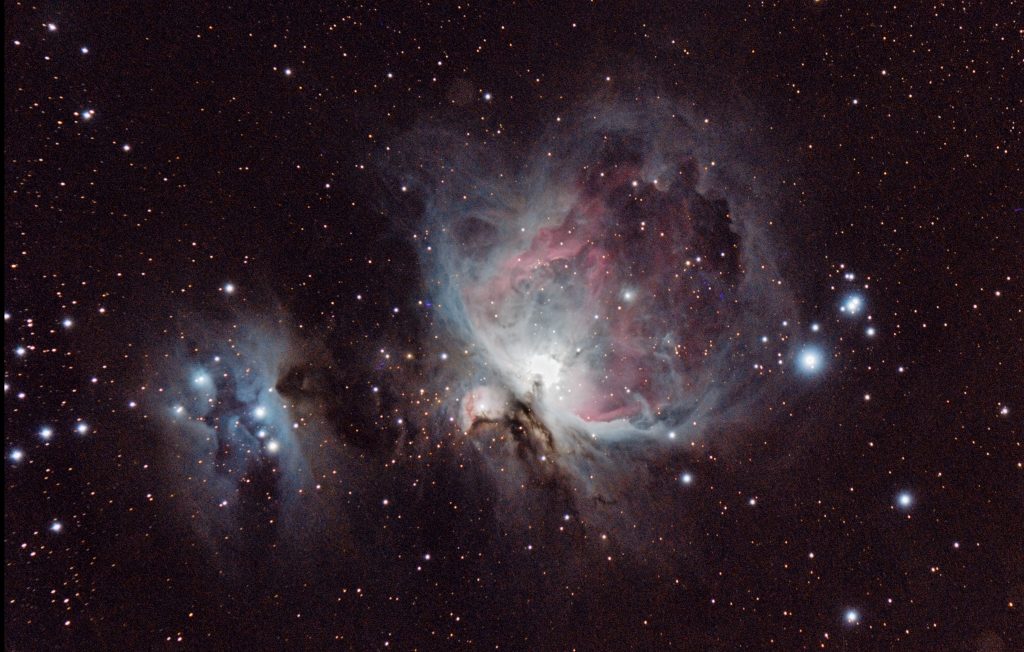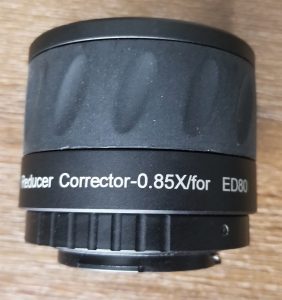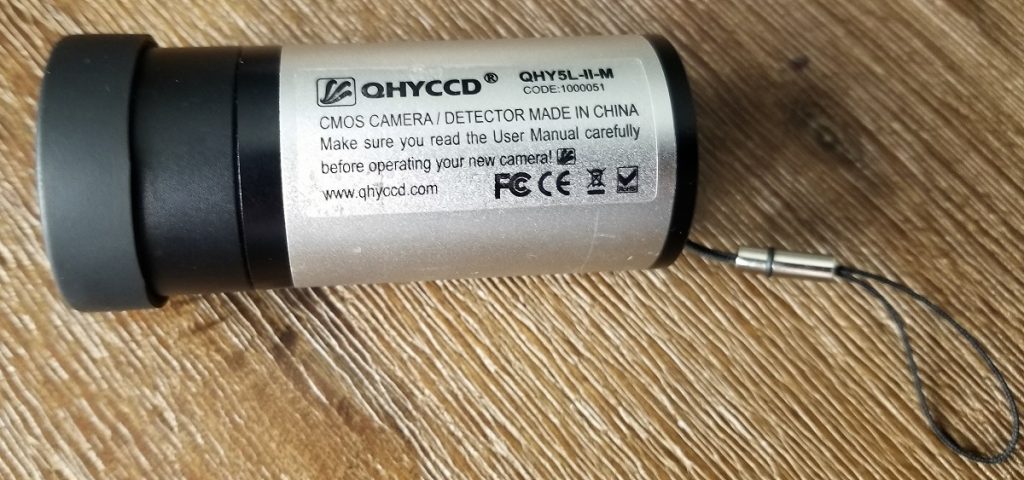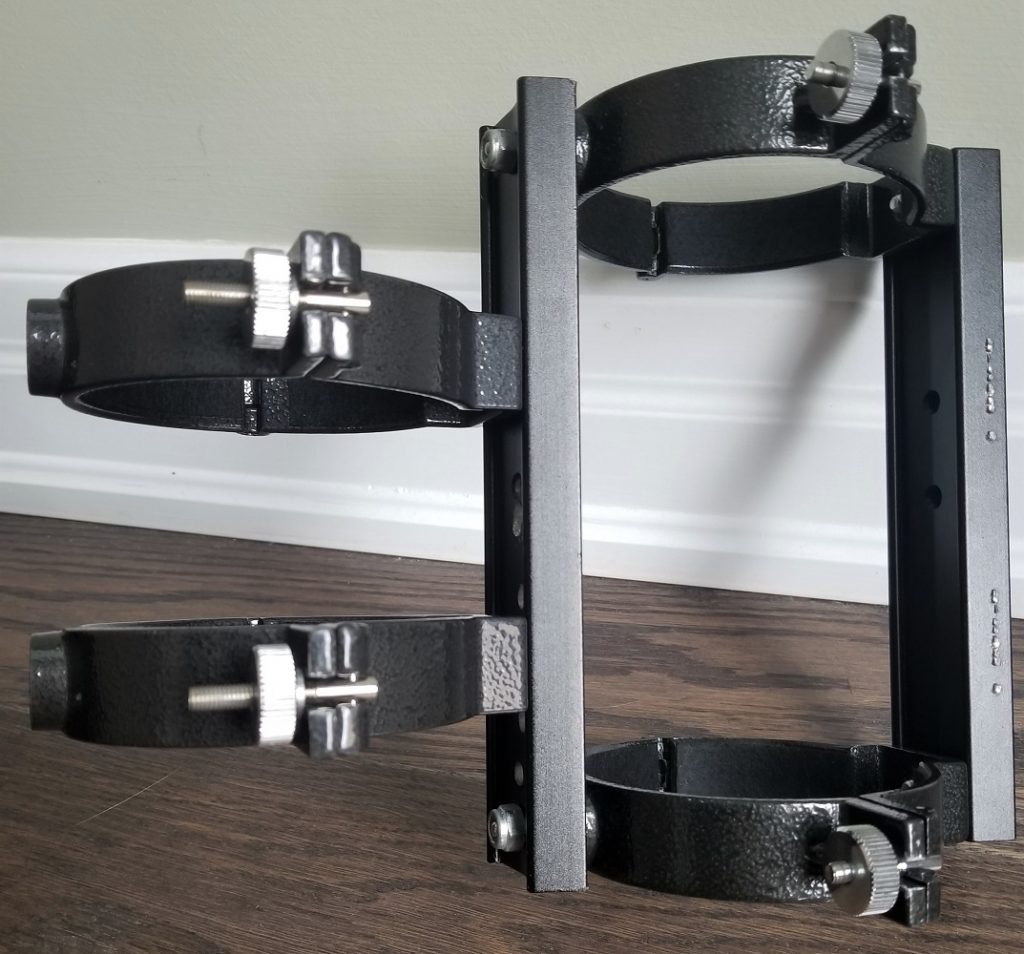Processing in Photoshop is very tedious, since the main problem is easily stretching the images to bring out faint details. With PS it requires many tiny increases using the curves and levels. With PixInsight – its a click of a button. I can now also easily remove light pollution and do proper deconvolution and noise reduction. In all, this software is a fantastic tool in helping you bring your astrophotography processing to a new level. But it costs a few dollars, and so my quest for beautiful space images is stretching my pockets deeper and deeper 🙂

Pixinsights greatest strength is a wealth of mathemical scripts that can be applied to an image. The typical features every astrophotographer uses are:
- Image preprocessing, calibration and stacking
- Achieving a neutral sky background and removing light pollution
- Deconvolution and sharpening
- Color control
- Stretching to non-linear
- Noise reduction
- Tools for creating various masks
- Channel integration
- Star reduction and many more features
Last Updated on
